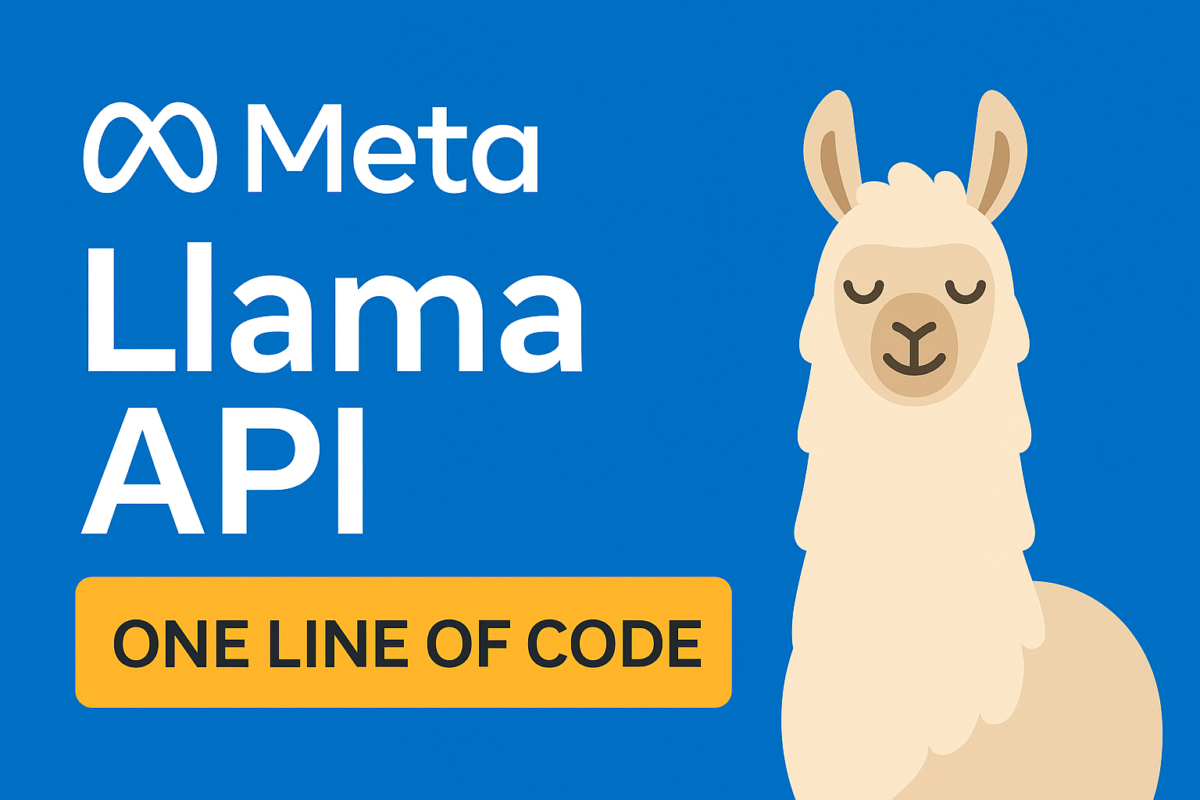The U.S. tech landscape is undergoing a seismic shift as TikTok, the wildly popular social media platform, faces a federal divestment mandate. Amidst a flurry of bids, one proposal stands out: Perplexity AI’s ambitious merger plan. This move not only highlights the growing influence of AI-driven companies but also underscores the complex interplay of business strategy, regulatory policies, and geopolitics in shaping the future of tech mergers. Let’s dive into the details.
Introduction: TikTok’s Significance and the Divestment Mandate
TikTok has become a cultural and economic powerhouse in the U.S., with over 170 million users and a significant impact on entertainment, marketing, and social trends. However, concerns over data privacy and national security have led to a federal mandate requiring its Chinese parent company, ByteDance, to divest its U.S. operations. This has sparked a high-stakes battle among tech giants and emerging players vying for control of the platform.
Perplexity AI’s Strategic Move
Perplexity AI, a rising star in the AI industry, has thrown its hat into the ring with a bold merger proposal. Known for its advanced natural language processing and data analytics capabilities, Perplexity AI aims to integrate TikTok’s vast user base and content ecosystem with its AI-driven tools to create a more personalized and secure social media experience.
Potential Benefits:
- Enhanced User Experience: Leveraging AI to deliver hyper-personalized content while improving data privacy.
- Competitive Edge: Combining TikTok’s reach with Perplexity’s AI expertise could create a formidable competitor to platforms like Instagram and YouTube.
- Innovation in Advertising: AI-driven ad targeting could revolutionize how brands engage with TikTok’s audience.
Challenges:
- Regulatory Hurdles: Navigating U.S. government scrutiny and ensuring compliance with data privacy laws.
- Integration Risks: Merging two distinct tech cultures and systems could pose operational challenges.
- Public Perception: Convincing users and stakeholders that the merger will prioritize their interests over corporate gains.
The Competitive Landscape
Perplexity AI isn’t the only player in this high-stakes game. Other notable bids include:
- Project Liberty’s Consortium: A coalition of tech investors and privacy advocates aiming to decentralize TikTok’s operations.
- Traditional Tech Giants: Companies like Microsoft and Oracle are also exploring bids, leveraging their resources and expertise.
What Sets Perplexity Apart:
Perplexity’s focus on AI-driven innovation and its commitment to data privacy differentiate it from traditional tech giants. Its proposal emphasizes a user-centric approach, which could resonate with regulators and users alike.
Regulatory and Political Considerations
The TikTok takeover is not just a business deal—it’s a geopolitical chess game. The U.S. government’s involvement highlights the growing concern over foreign-owned tech platforms and their potential impact on national security. Key considerations include:
- CFIUS Review: The Committee on Foreign Investment in the U.S. will play a critical role in evaluating the merger’s implications.
- Data Privacy Laws: Compliance with regulations like GDPR and CCPA will be essential to gaining public and regulatory trust.
- Geopolitical Tensions: The deal could further strain U.S.-China relations, adding another layer of complexity.
Future Implications
If successful, Perplexity AI’s bid could set a precedent for future tech mergers, particularly those involving AI and social media. Potential outcomes include:
- Increased Scrutiny: More stringent regulations for foreign-owned tech companies operating in the U.S.
- AI-Driven Innovation: A surge in AI integration across social media platforms, leading to more personalized and secure user experiences.
- Global Collaboration: A shift toward international partnerships that balance innovation with geopolitical and regulatory considerations.
Conclusion
The TikTok takeover saga is more than just a business deal—it’s a reflection of the evolving intersection of technology, business strategy, and geopolitics. Perplexity AI’s bid highlights the growing influence of AI-driven companies and their potential to reshape the tech landscape. As the story unfolds, it will serve as a case study for future mergers, offering valuable lessons on navigating regulatory challenges, prioritizing user trust, and leveraging innovation in a rapidly changing world.



